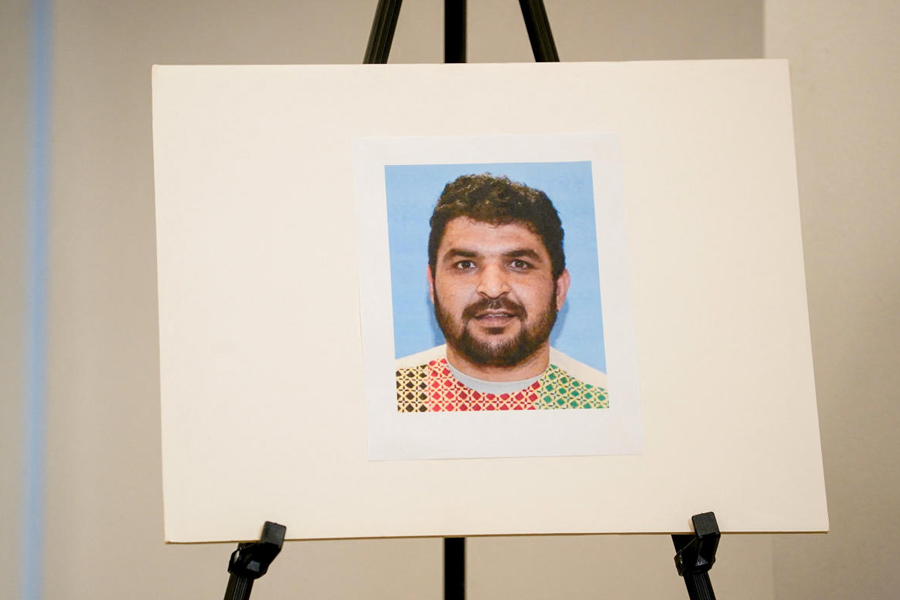 |
| Rajneesh |
Pune, Jan. 3: If holy man Rajneesh, Osho in later life, were to see a reincarnation, he would find his picture only at his tomb.
His ashram here has been stripped of all pictorial traces of the cult’s founder.
And if his reincarnation were to try to enter the ashram — called the Osho Commune now — he would have had to take an AIDS test and pay for it — Rs 250 — as well.
The ashram — “a meditation resort”, corrects Devendra, one of the cult’s five trustees in India — leapt into the new century with a state-of-the-art meditation centre and a nearly five-star lodge that opened in November. Some of those who had been closest to Osho, when he was Rajneesh, left the Commune in apparent “shock and disgust” at what they considered the commercial defilement of a temple to the spirit.
Ma Yoga Nilam, once Osho’s secretary in India and one of his intimate aides, alleged that “a new order is destroying all that Osho stood for, they are moved more by Mammon than anything else”.
Not much was free during Osho’s time either, but some things were. Entering the ashram, for instance. Now it costs Rs 80 for Indians and Rs 250 for foreigners.
Nilam, along with Chaitanya Kirti and Tathagat, believed to be part of Osho’s inner circle, have broken away, forming Osho Friends International. They said they couldn’t take it any more after Buddha Hall, where Osho used to meditate and deliver his lectures, was pulled down to give way to a swankier structure.
Those running the Commune are not in the least apologetic about the “radical changes”.
“Look at that group of people blissfully dancing in Buddha Hall,” Devendra said, pointing to an eclectic mix lost in trance and in themselves.
“The hall has been modified as the canopy was getting old. Just that. People here seem happier now.”
The rebels said the new dispensation is doing all it can to “change Osho to suit their needs”. Osho’s numerous pictures that lined the many arcades and halls earlier have disappeared. The master never wanted to be the focus of his disciples, Devendra said.
Devendra and Sadhana, who too belongs to the group that is now in charge, rubbish the dissidents’ claim. “It’s not they but us who are the rebels,” said Sadhana, who has dropped the prefix ‘Ma’, like everyone else in a recent shift.
“Osho believed in constant change and a society without hierarchy, old and new. We are just doing what he wanted. The people who have left the Commune have brought politics into it, something Osho detested throughout his life.”'
With Osho leaving no will, there is also the question of ownership of property, but legal experts said the rebels might not have such a strong case.
As one enters the sprawling Commune — after taking the mandatory AIDS test — a poster announces the now-over New Year’s eve party. “Come, join the juiciest party on planet Earth,” it poster says, “hot DJs, fabulous music...”
“We are all moving forward,” said Sadhana, adding, “we offer what people want, Osho didn’t believe in dependence on anything or anybody”.
Devendra has something better in store. “We believe in inner change, without denying the outside. This is a state-of-the-art facility where you can find inner peace without renouncing anything. Osho never believed in sacrifice before spiritualism. Here it is Buddha inside, Zorba (the lusty Greek) outside.”
The mix is working. Last year, an amazing 200,000 tourists, lost souls included, visited the ashram, rather resort, despite 9/11. And it’s working among the young.
The average age of pilgrims in the Commune is about 35, with more and more Indians associating themselves with a movement that was largely seen as “Indian made, foreign consumed”. Now there are 52 per cent Indians, a steep rise from 15 per cent 10 years ago.
Such are the attractions of the environs of the Commune that it’s hard to pull oneself away. But you can only stay here as long as your pocket permits.
Every day of stay at the “five-star accommodation at three-star prices”, as it is described here, costs Rs 2,500 for foreigners and Rs 1,800 for Indians.
“Look, this is not a destination but a transit point,” Devendra said. “We teach how to survive better in this world, this place is not for retirement, it is for rejuvenation. And tell me, what happens when you are in a hotel and you run out of money?”
Leave.











